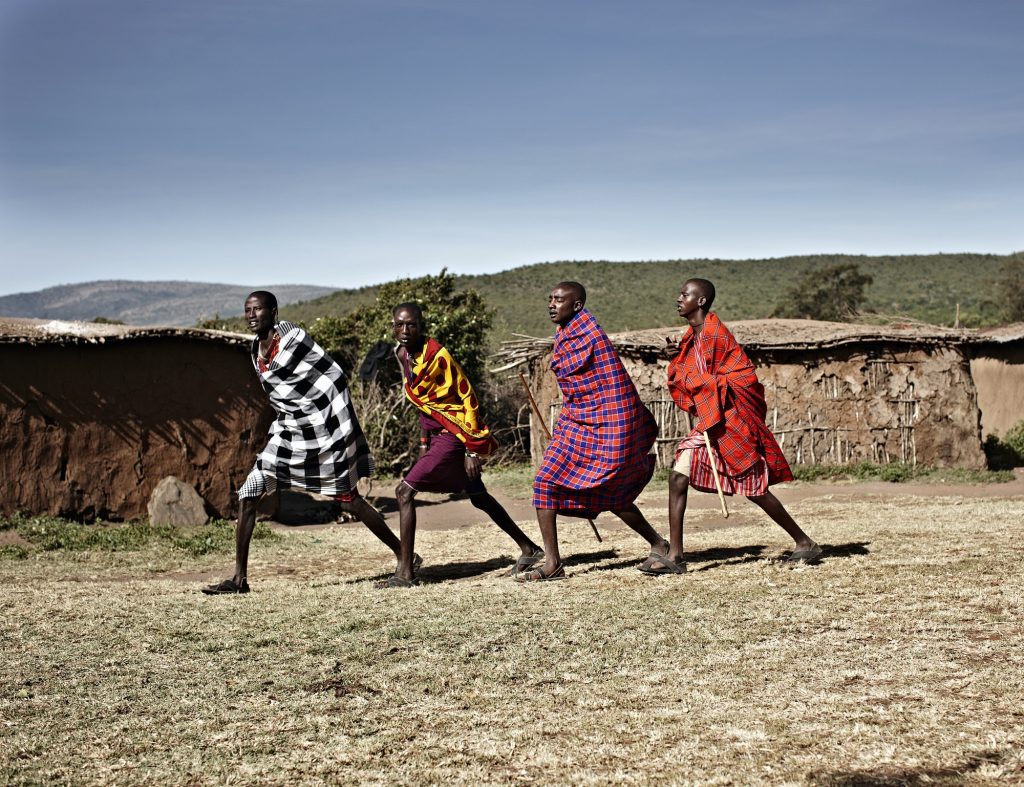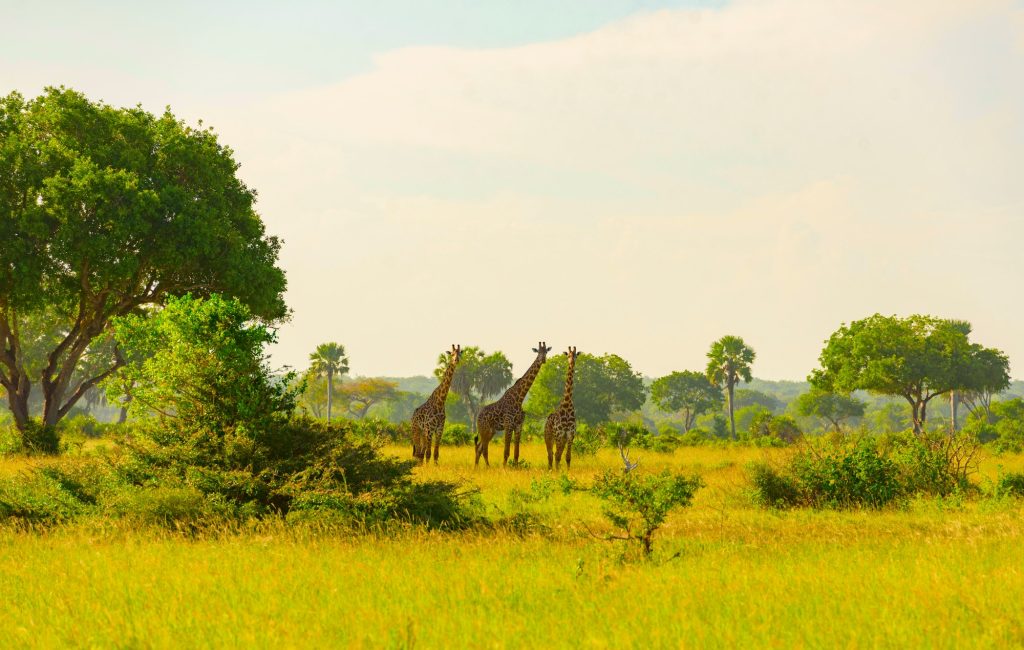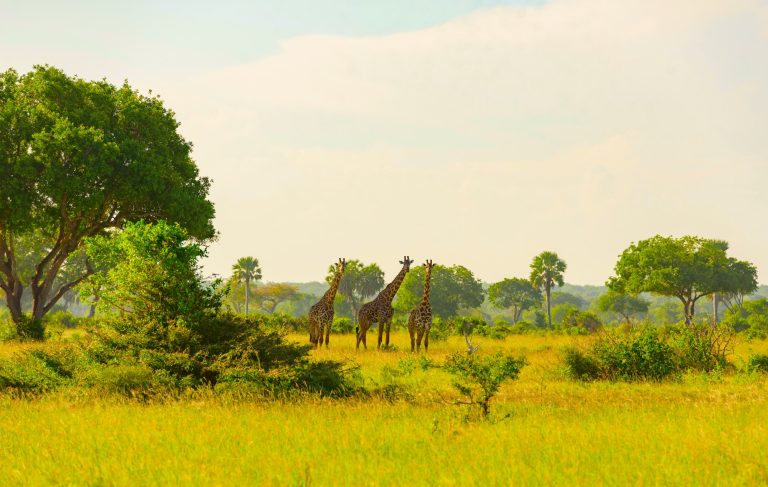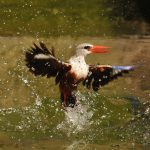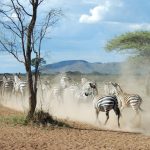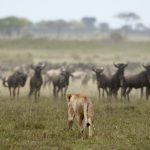Lake Manyara National Park
- Tanzania Destinations
Nestled in the heart of Tanzania’s wildlife-rich regions, Lake Manyara National Park is a hidden gem waiting to be explored. This park is renowned for its unique blend of biodiversity and stunning landscapes, making it a must-visit destination for any safari enthusiast.
Birdwatcher’s Paradise:
Lake Manyara is often hailed as a “birdwatcher’s paradise” due to its remarkable avian diversity. The park is home to over 400 bird species, including the striking flamingos that grace the shores of the lake. As you venture deeper into the park, you’ll be enchanted by the melodies of countless bird species, making it a haven for bird enthusiasts.
Tree-Climbing Lions:
One of Lake Manyara’s most iconic sights is its population of tree-climbing lions. Witness these magnificent big cats as they effortlessly ascend the branches of ancient mahogany trees, a behavior rarely seen elsewhere. It’s a spectacle that adds a touch of mystique to your safari experience.
Panoramic Lake Views:
The park offers breathtaking panoramic views of Lake Manyara itself, a shimmering expanse that stretches as far as the eye can see. This tranquil lake is a haven for flamingos and other waterfowl, creating a picturesque backdrop for your wildlife encounters.
Compact Park for Day Trips:
Lake Manyara is known for its compact size, making it ideal for day trips. Within a short drive, you can explore its diverse landscapes, from dense woodlands to open grassy plains, all while encountering a wide array of wildlife. It’s the perfect destination for travelers seeking a condensed safari experience without sacrificing the richness of encounters.
Whether you’re an avid birdwatcher, a wildlife enthusiast, or simply someone seeking the beauty of Tanzania’s natural wonders, Lake Manyara National Park offers an unforgettable safari adventure. Its unique blend of avian diversity, tree-climbing lions, and stunning lake views ensures that every moment in this compact gem is a treasure waiting to be discovered.

